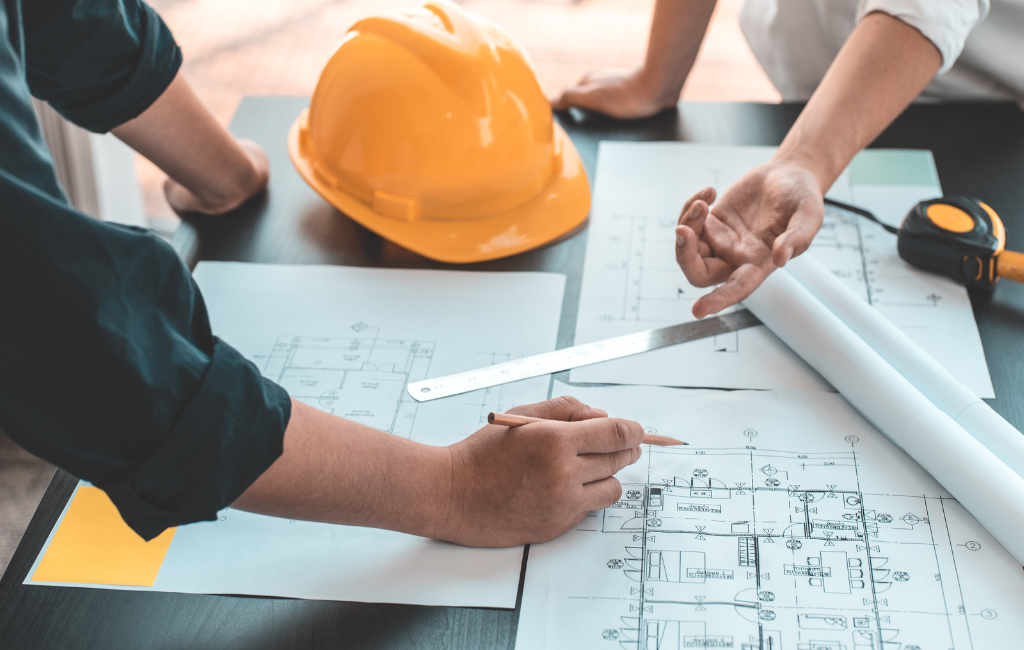Architect: Pioneering Sustainable

Architect: Pioneering Sustainable Architecture
In recent years, the field of architecture has seen a significant shift towards sustainability. This movement is driven by the urgent need to address climate change, reduce carbon footprints, and create healthier living environments. Architects are at the forefront of this transformation, employing innovative techniques and materials to design buildings that are not only aesthetically pleasing but also environmentally responsible.
The Rise of Sustainable Architecture
Sustainable architecture is not a new concept, but its importance has grown exponentially in the 21st century. The construction industry is one of the largest contributors to greenhouse gas emissions, and sustainable architecture aims to mitigate this impact. By integrating eco-friendly practices, architects can create structures that consume less energy, use renewable resources, and minimize waste.
Key Principles of Sustainable Architecture
- Energy Efficiency: Designing buildings that require less energy for heating, cooling, and lighting.
- Renewable Energy: Incorporating solar panels, wind turbines, and other renewable energy sources.
- Water Conservation: Implementing systems to reduce water usage and recycle greywater.
- Material Selection: Using sustainable, recycled, and locally sourced materials.
- Indoor Environmental Quality: Ensuring good air quality, natural lighting, and thermal comfort.
Innovative Techniques in Sustainable Architecture
Architects are employing a variety of innovative techniques to achieve sustainability. These methods not only reduce environmental impact but also enhance the functionality and aesthetics of buildings.
Green Roofs and Walls
Green roofs and walls are becoming increasingly popular in urban areas. These installations provide insulation, reduce stormwater runoff, and improve air quality. They also create green spaces in densely populated areas, contributing to biodiversity and the well-being of residents.
Passive Solar Design
Passive solar design involves orienting buildings to maximize natural light and heat from the sun. This reduces the need for artificial lighting and heating, leading to significant energy savings. Features such as large windows, thermal mass, and shading devices are commonly used in passive solar design.
Smart Building Technologies
Smart building technologies, such as automated lighting and climate control systems, enhance energy efficiency. These systems can adjust settings based on occupancy and weather conditions, ensuring optimal performance with minimal energy consumption.
Case Studies in Sustainable Architecture
Several notable projects exemplify the principles and benefits of sustainable architecture. These case studies highlight the innovative approaches architects are taking to create eco-friendly buildings.
One Central Park, Sydney
One Central Park in Sydney, Australia, is a prime example of sustainable architecture. The building features a vertical garden that covers its façade, providing insulation and improving air quality. It also incorporates a heliostat system that reflects sunlight into shaded areas, reducing the need for artificial lighting.
The Edge, Amsterdam
The Edge in Amsterdam is often cited as one of the greenest buildings in the world. It uses smart technology to optimize energy use, including a sophisticated lighting system that adjusts based on natural light levels. The building also features solar panels, rainwater harvesting, and a highly efficient heating and cooling system.
Masdar City, Abu Dhabi
Masdar City in Abu Dhabi is an ambitious project aiming to be one of the most sustainable cities globally. The city is designed to be car-free, with a focus on renewable energy and water conservation. Buildings in Masdar City use advanced materials and design techniques to minimize energy consumption and maximize comfort.
Statistics on Sustainable Architecture
Statistics provide a clear picture of the impact and growth of sustainable architecture. Here are some key figures:
- Buildings account for approximately 40% of global energy consumption and 33% of greenhouse gas emissions.
- Green buildings can reduce energy use by 30-50% and water use by 40% compared to conventional buildings.
- The global green building materials market is expected to reach $364.6 billion by 2022, growing at a compound annual growth rate (CAGR) of 11.2% from 2016 to 2022.
- LEED-certified buildings have saved an estimated $1.2 billion in energy costs since the program’s inception.
The Future of Sustainable Architecture
The future of sustainable architecture looks promising, with ongoing advancements in technology and materials. Architects are continually exploring new ways to reduce environmental impact and create healthier living spaces. The integration of artificial intelligence, advanced materials, and renewable energy sources will play a significant role in shaping the future of sustainable architecture.
Biophilic Design
Biophilic design focuses on creating a connection between people and nature within built environments. This approach can improve mental and physical well-being, enhance productivity, and reduce stress. Features such as natural lighting, indoor plants, and water elements are commonly used in biophilic design.
Net-Zero Buildings
Net-zero buildings are designed to produce as much energy as they consume, resulting in a net-zero energy balance. This is achieved through a combination of energy-efficient design, renewable energy sources, and smart technologies. Net-zero buildings represent the pinnacle of sustainable architecture, offering a blueprint for future developments.
Adaptive Reuse
Adaptive reuse involves repurposing existing buildings for new uses, reducing the need for new construction and minimizing waste. This approach can preserve historical architecture, reduce environmental impact, and revitalize communities. Examples include converting old factories into residential lofts or transforming warehouses into office spaces.
Conclusion
Sustainable architecture is transforming the way we design and build our environments. By embracing eco-friendly practices and innovative technologies, architects are creating structures that are not only beautiful but also environmentally responsible. The rise of sustainable architecture offers a path towards a greener, healthier, and more sustainable future for all.